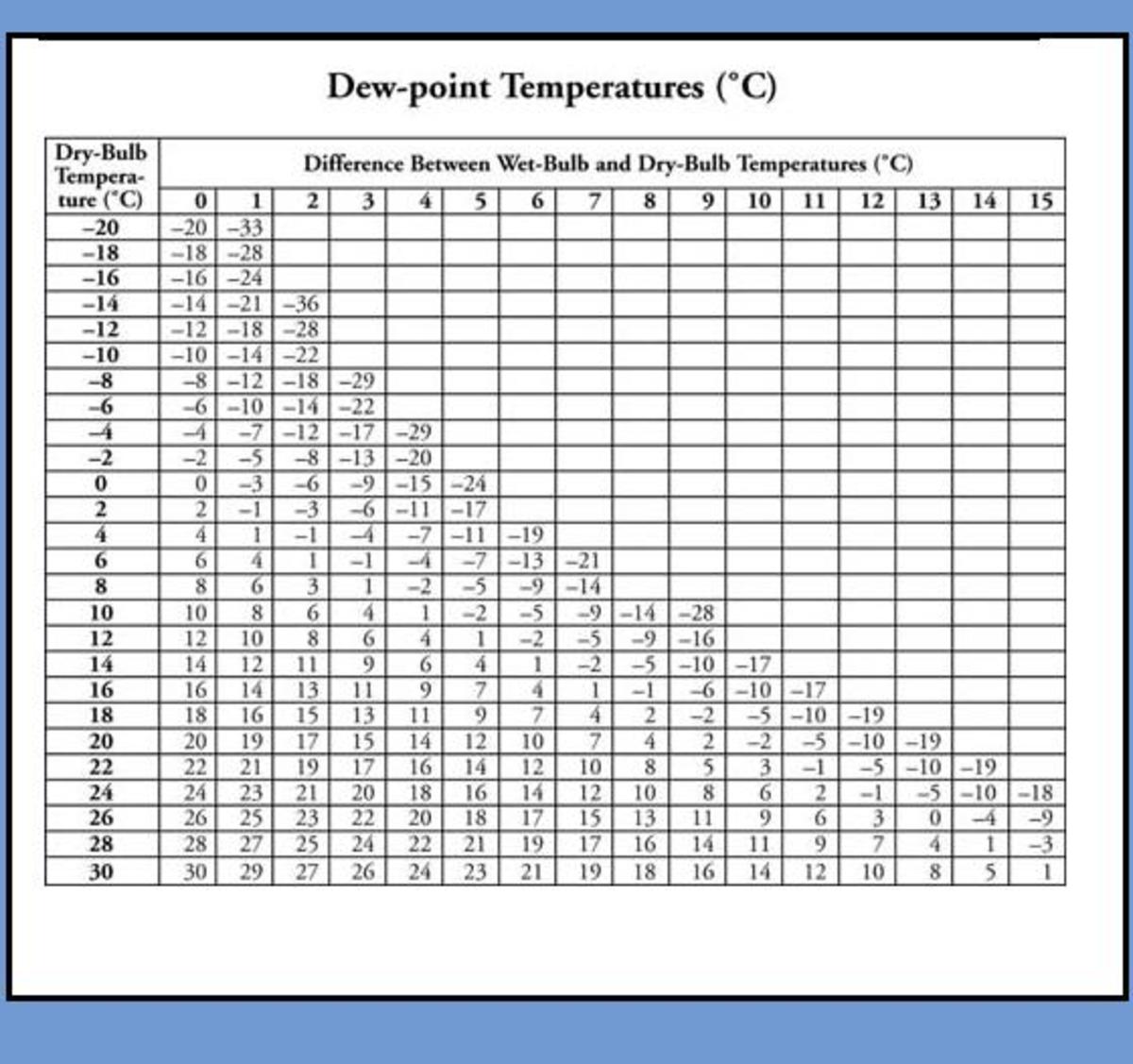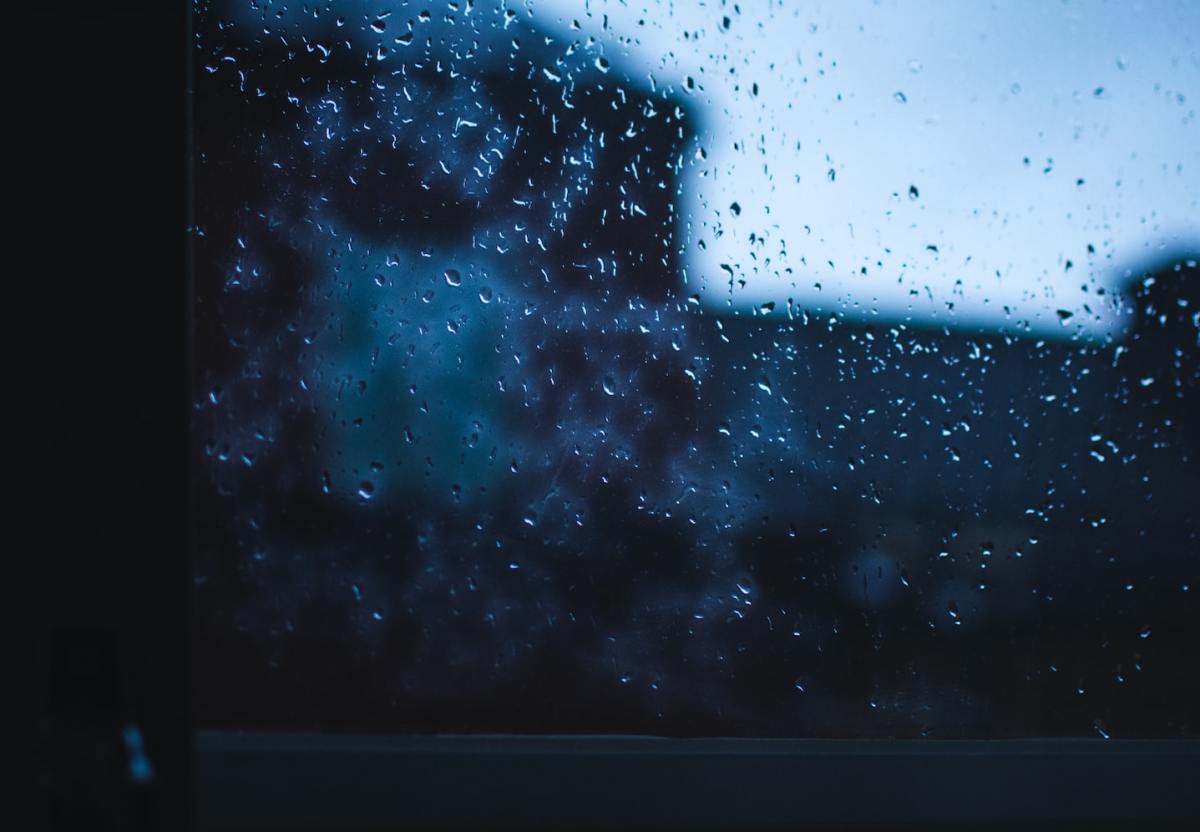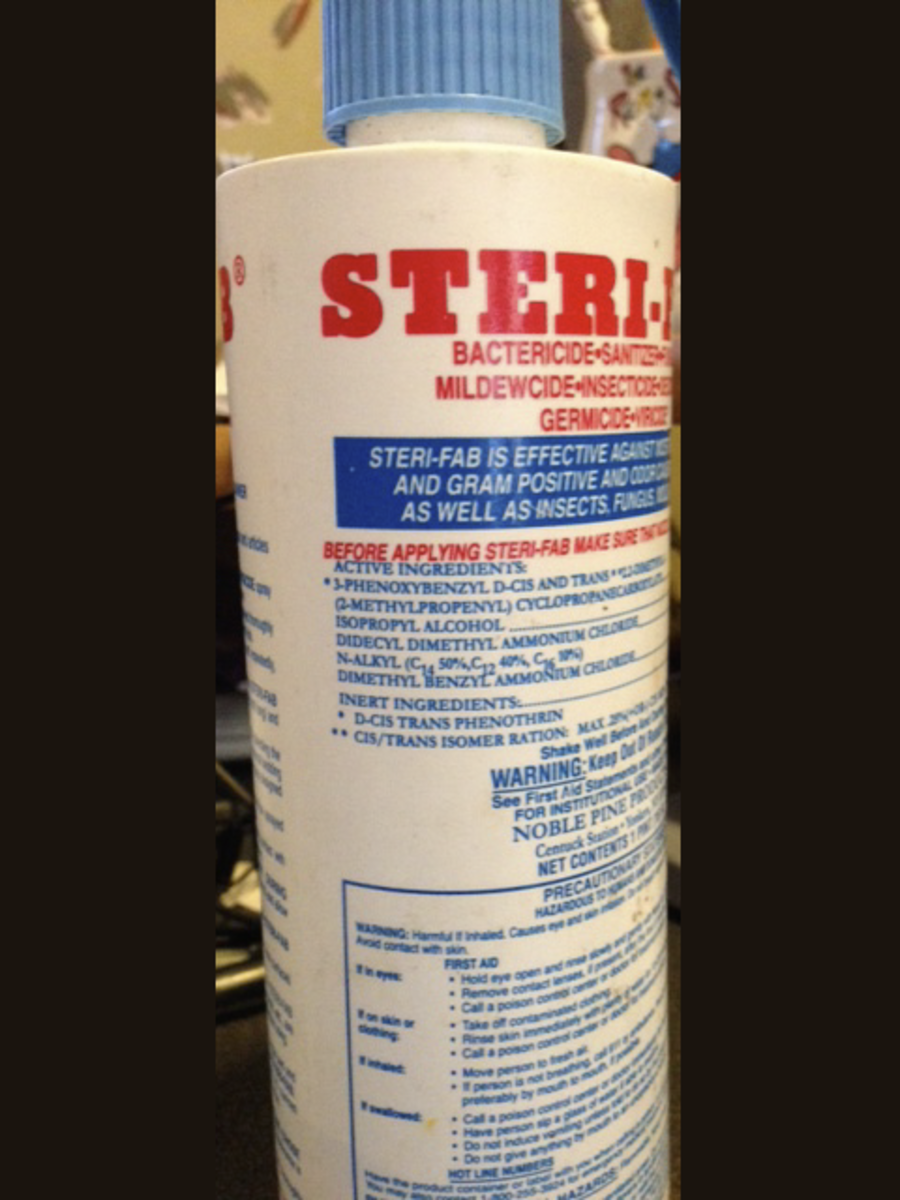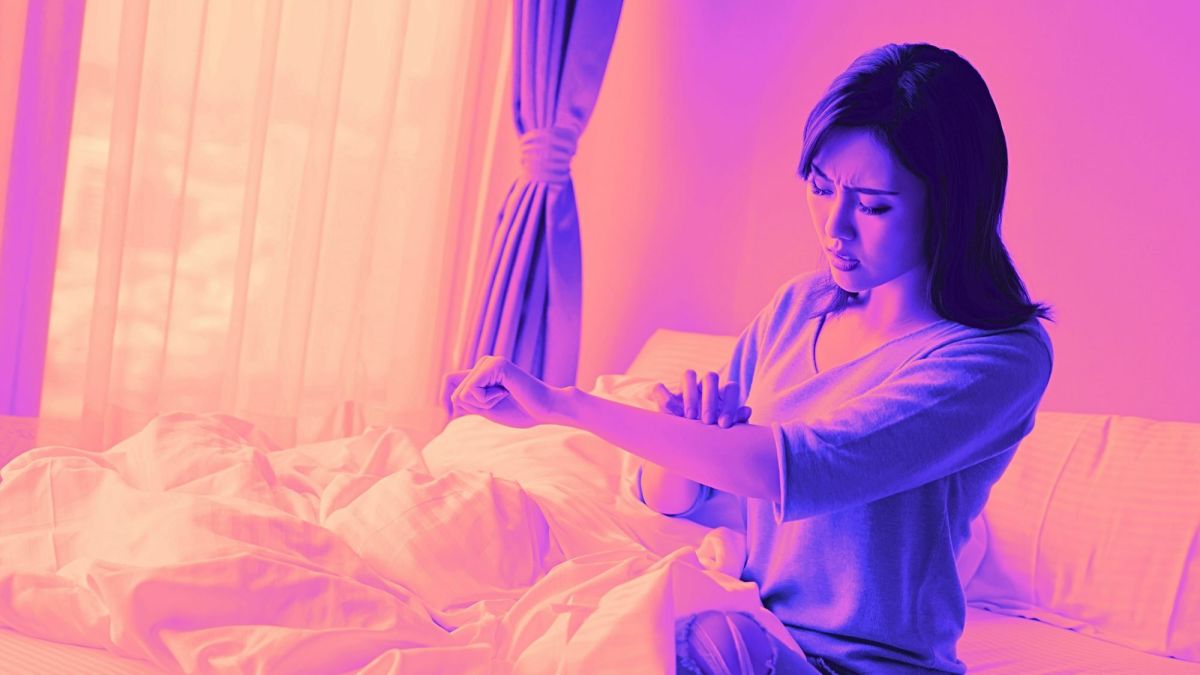Managing Troublesome Fungi in the Living Rooms
Fungi everywhere
When we put on the switch of an appliance, it bursts with a spark, when we put on a light, its circuit blasts, when the electronic equipment is put on it dies down, when we go near the dog, it emits very ugly smell, when we pick a towel to wipe the dog with it, that too has a lot of black spots and gives out oldie smell. All these happen during the rainy season and we too start to feel, becoming sick.
All these are due to those tiny microbes start to compete with us to live their life.
Fungal spores are microscopic and will be floating in the air and travel with the wind, spreading everywhere. These spores are hardy and can survive in harsh climates and are like the seeds of the plants. Due to the tiny size of a few microns, these spores stay unnoticed wherever they fall. Whenever a favourable environment such as humid, warmer weather is available, they germinate and produce moulds, which we commonly call fungi.
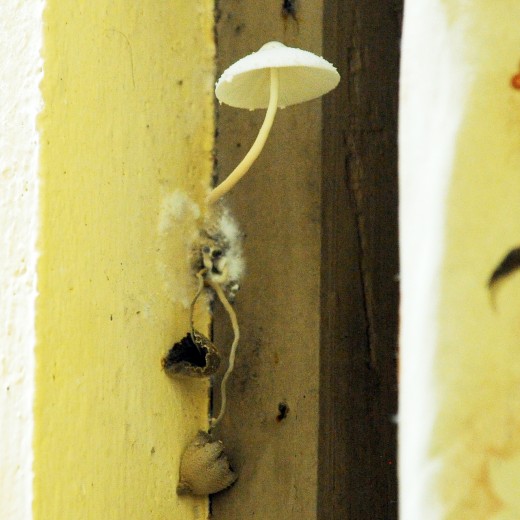
Fungi and environment
Humidity helps to lower the temperature of the environment. The optimum relative humidity is also required for good health of every individual. Rain and sunshine regulate the relative humidity in the environment. A balance of rain and sunshine keep control over the relative humidity and temperature and comfortable ambience. In the human environment, fans, lights, room heaters, air conditioners or fire, are used to decrease the relative humidity.
An adverse effect of increased relative humidity triggering the growth of bacteria and fungus make life miserable as said in the beginning, becoming worse with microbial growth.
Fungi grow from fallen dead leaf in the farmyard to warmly stored camera lenses in the humid tropics. We know fungi are saprophytic and easily spoil the place where they grow and feed on the rotting host and flourish, become recognizable by our normal eyes.
People living in city flats, hostels and single-room apartments have a lot of challenges due to fungi. Dwellers have to cook, wash, dry, garden and have a warm sleep in the few square yards, which invites molds and bacteria very easily due to conducive atmosphere for the and microbes but reduced place due to less hygiene for the dwelling persons under such environments.
When we notice their presence of the fungus, immediately we need to take action on a war footing. Otherwise, the parts on which they grow will become good for nothing but for composting.
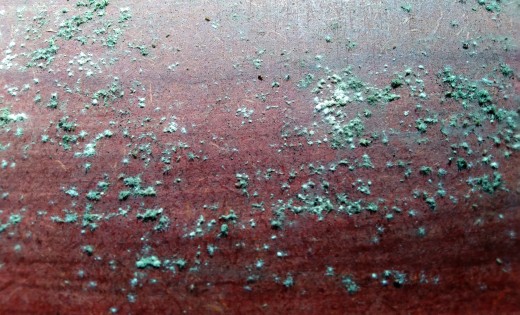
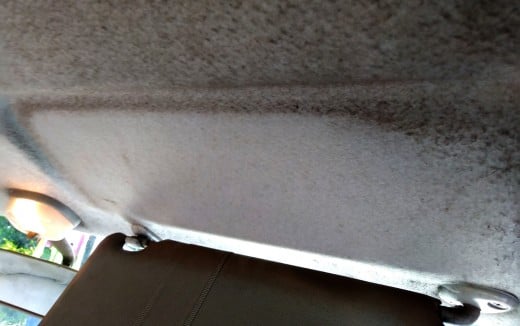

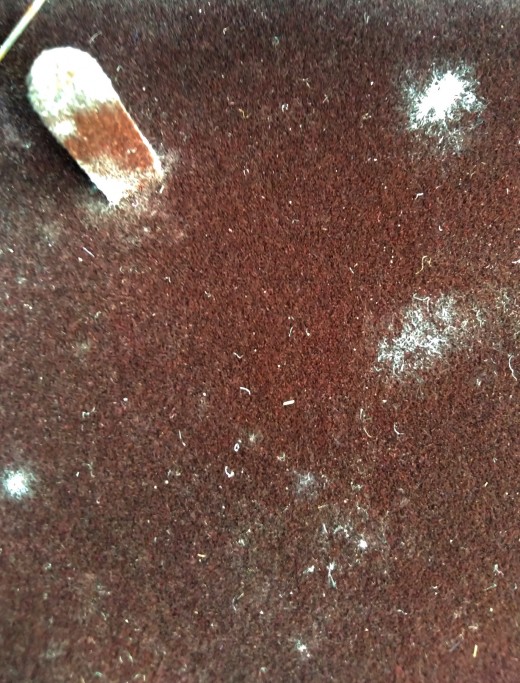
Fungi and diseases
Fungal spores and hyphae cause a number of infective diseases. They cause mainly itching and allergy, sneezing and suffocation, food poisoning and dysentery, inflammations and ringworms, staining and ugly appearance, patches and rot with a stinky smell, etc.
Human diseases
A large number of allergic diseases, rashes, ringworms, fingernail infections, itches, etc. are caused by fungi. In acute cases, they cause life risk, and therefore, we must be extra cautious by staying uninfected by maintaining extreme hygienic conditions for personal care.
Plant diseases
Rots, mildews, rusts, necrosis, wilts, spot diseases, etc are commonly caused by fungi. These are controlled by biocontrol measures or fungicide and antibiotic treatments. Field crops are vulnerable to fungal diseases during damp climates. Farmers and agriculture professionals take a lot of precautions to protect their crops from fungal infection. In uncontrollable natural calamity situations, fungal diseases havoc the crops.
Animal diseases
Animals are prone to fungal diseases and allergy. Pet dermatitis and hair fall, itchy skin are common during rainy seasons, against which, dry dwelling places, fumigation, applying dust formulations of dermal talcs, keeping the food and feed from food poisoning of fungi are very critical tasks to be taken by pet care people.
The pet dwellings are disinfected by cleaning with various things such as detergents, bleaching powder, borax, flowable sulphur, formaldehyde, etc. in the correct dosage. The pets are kept away from these when the area is disinfected. For right thing for your pet and right time to use may be confirmed with pet care professionals.
Staying safe
Always stay dry and clean. Wash your hands and legs and wipe off dry before entering in anywhere. Eat nourishing and resistance building food for your skin. Keep doing good exercise and yoga, which will help to stay fit.
In tropics do not use difficult items for cleaning such as satin or velvet items, air coolers with water, window sills and curtains accumulating dust and moisture allowing profuse fungal culture, allowing drenched pets entering the living rooms, keeping wet footwear as such, etc. These are all become the breeding ground for unwanted microbes.
Common fungi in the environment
Fungi in cloths, curtains, sils, bed, etc.
| Fungi in Leather & Vinyl upholstery
| Fungi in wood, boards, ceiling, etc.
|
|---|---|---|
Alternaria, Aspergillus, Chaetomium, Cladosporium, Stachybotrys, Tinea, etc.
| Alternaria, Aspergillus, Curvularia, Fusarium, Penicillium, Rhizopus
| Agaricus, Chaetomium, Cladosporium, Fusarium, Polyporus
|
This list is very small. You can see detailed information on common fungi in the environment by reading detailed text on the subject.
Getting rid of the fungal forms
Cleaning fungi from clothes
- Brush-off or use vacuum cleaner to remove the majority of the moulds.
- Wipe with a blotting tissue paper or cleaning towel.
- If possible, boil with a little baking soda and vinegar.
- Wash with laundry detergent.
- Rinse and dry.
- Dry in the open sunlight.
- Iron the cloth from both sides.
- Keep some humidity absorbent silica gel sachets in storage cabinets.
Cleaning leather, vinyl, upholstery, etc.
- Brush-off or vacuum clean the mould.
- Spread or keep in the open sun or dry air.
- Wet a piece of cloth in rubbing alcohol or leather cleaner or baby shampoo and rub thoroughly.
- Dry it with a towel.
- Again keep under the open sun or dry place or blow with a heavy-duty electric hairdryer.
- Cover to the extent possible with a washable cover or sheet of cloth.
- Keep some handy air fresheners with fungicide action for spray and eradication from immediate recurrence.
- The same method can be used for cleaning the vehicles also.
Cleaning wood or board
- Brush-off or use vacuum cleaner to remove the majority of the moulds.
- Wipe with a cloth with rubbing alcohol or paint thinner or vinegar.
- Allow it to dry or blow hot air with a heavy-duty electric hairdryer.
- Polish or coat it with a polyurethane solution.
Walls and plain floors
- Brush-off or vacuum clean the moulds.
- Wipe-out with a dry cloth or fine emery paper.
- Polish or paint with weather coat or anti-fungal paint.
Bedrooms, living rooms and kitchen have to be protected to upkeep our good health. Washing and drying, using room heaters, eating cooked warm food items, drinking boiled water, etc. can be made a part of the daily routine.
Washing clothes such as bedsheets with a little vinegar and using after wash fabric conditioners will keep the clothes fresh. Extra leather shoes, dresses, craft items, etc. may be kept safe in an easy press locking airtight pouches with silica gel. Food raw materials also may be kept in a warm cupboard with a heating bulb or air-tight containers. Whenever required, put on the heating bulb and keep warm and put off and disconnect to avoid excessive heating. Some of the items such as pickles, fruits, prepared food, jam-jelly, etc. may be kept inside the refrigerator or cold storage. Whatever precautions we take will make us feel proud by being healthy, tidy and tip-top in all respects.
These are some hints, which may be suitable for you. Whenever, you use some cleaner solutions or sprays, always perform a patch test to avoid deformation of your main products.
Last words
During and immediately after the rainy season, the fungal outbreak will make the coastal and tropical people worry to safeguard themselves. A well-planned strategy to carryout necessary precautions before the onset of the rains and during the entire period will be beneficial.
This content is accurate and true to the best of the author’s knowledge and is not meant to substitute for formal and individualized advice from a qualified professional.
© 2019 Halemane Muralikrishna





